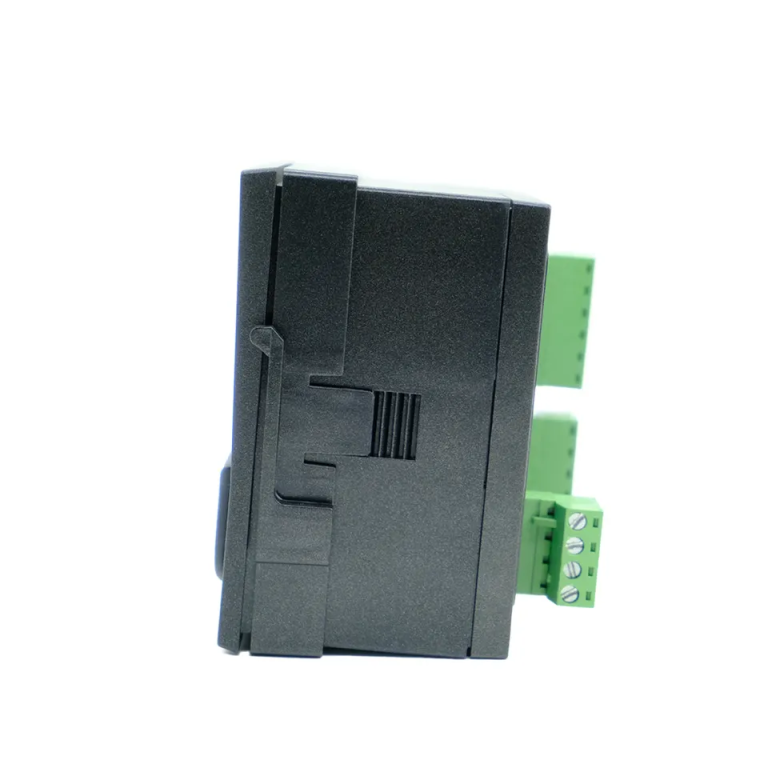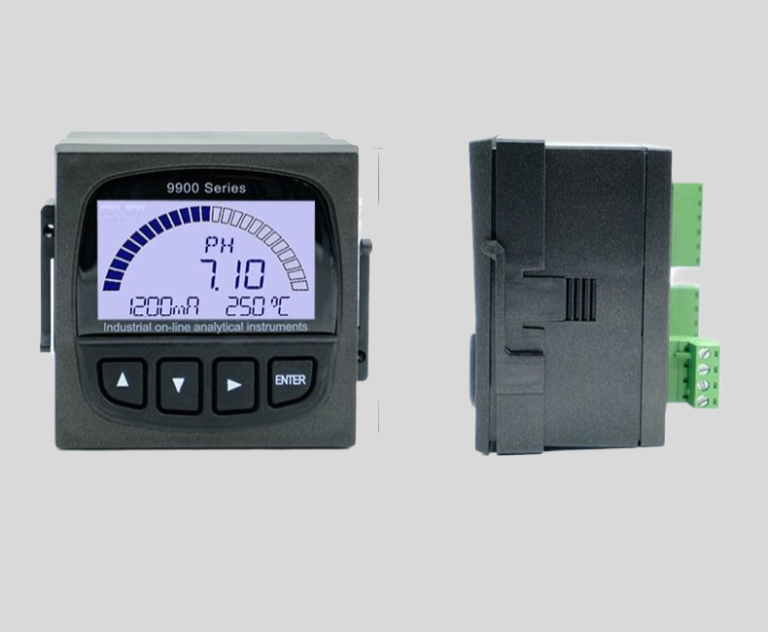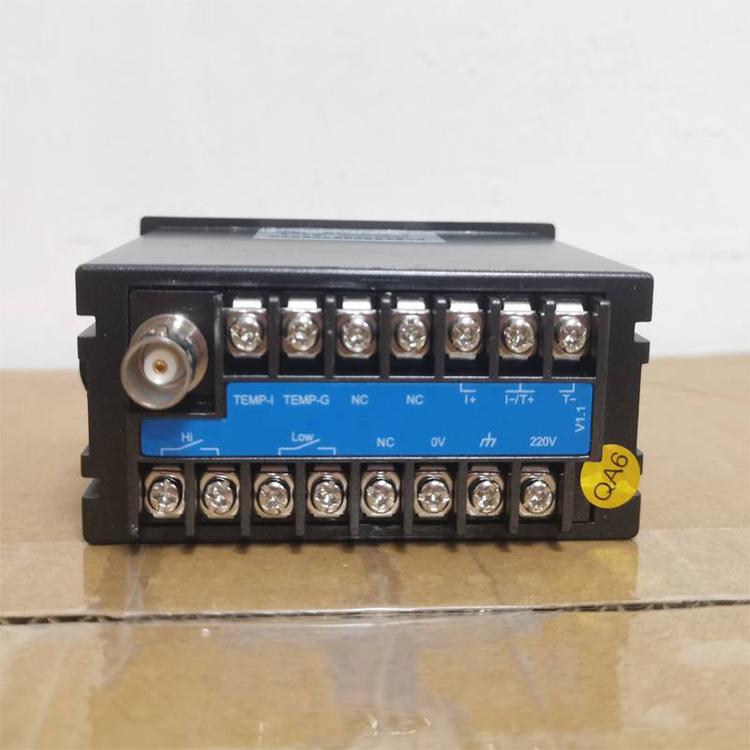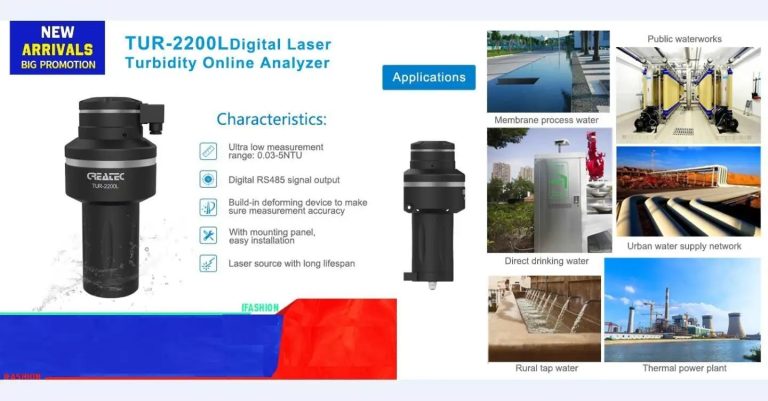The Importance of ph meter Maintenance
The Importance of pH Meter Maintenance
Maintaining the accuracy and reliability of pH meters is crucial for various industries, including scientific research, manufacturing, and environmental monitoring. pH meters are essential tools used to measure the acidity or alkalinity of a substance, and they provide valuable data that can influence important decisions. In this article, we will explore the significance of pH meter maintenance and discuss the steps involved in keeping these instruments in optimal condition.
First and foremost, regular calibration is fundamental to ensuring the accuracy of pH meters. Calibration involves comparing the pH meter’s readings to known standard solutions with known pH values. Over time, pH meters can drift from their initial calibration settings due to factors such as temperature fluctuations, electrode contamination, or aging of the internal components. By calibrating the pH meter regularly, any discrepancies can be detected and corrected, guaranteeing precise and reliable measurements.
In addition to calibration, proper storage and handling of pH meters are vital to their longevity and accuracy. pH electrodes, the sensitive part of the meter, should be kept moist and immersed in a storage solution when not in use. This prevents the electrode from drying out, which can lead to inaccurate readings. Furthermore, electrodes should be handled with care to avoid damage. Rough handling or dropping the meter can cause irreversible damage to the electrode, compromising its performance.
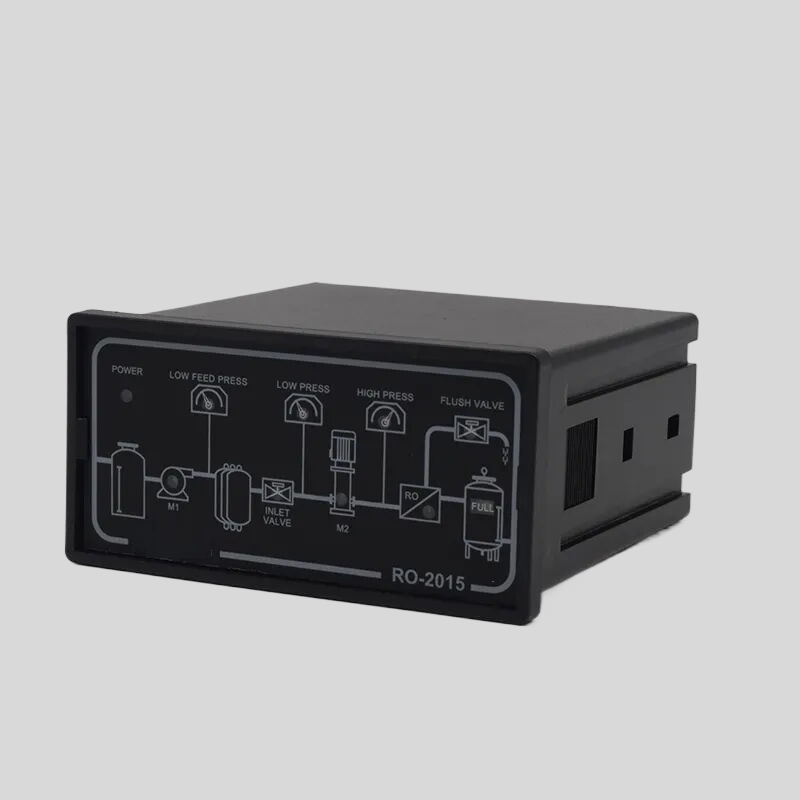
Regular cleaning of pH electrodes is another crucial aspect of maintenance. Over time, the electrode may accumulate deposits or contaminants that can interfere with accurate measurements. Cleaning the electrode with a suitable cleaning solution or gently wiping it with a soft cloth can help remove impurities, ensuring consistent and precise readings. It is important to follow the manufacturer’s guidelines for cleaning procedures and avoid using abrasive materials that could damage the electrode.
Another essential maintenance practice is replacing the pH meter’s reference electrode and junction. The reference electrode plays a critical role in maintaining the accuracy of pH measurements. Over time, reference electrodes can become contaminated or depleted, resulting in inaccurate readings. By replacing the reference electrode at regular intervals, the pH meter’s performance can be preserved, and reliable measurements can be obtained.
| CCT-5300 | |||||
| Constant | 10.00cm-1 | 1.000cm-1 | 0.100cm-1 | 0.010cm-1 | |
| Conductivity | (500~20,000) | (1.0~2,000) | (0.5~200) | (0.05~18.25) | |
| μS/cm | μS/cm | μS/cm | MΩ·cm | ||
| TDS | (250~10,000) | (0.5~1,000) | (0.25~100) | —— | |
| ppm | ppm | ppm | |||
| Medium Temp. | (0~50)℃(Temp. Compensation : NTC10K) | ||||
| Accuracy | Conductivity: 1.5%(FS) | ||||
| Resistivity: 2.0%(FS) | |||||
| TDS: 1.5%(FS) | |||||
| Temp.:±0.5℃ | |||||
| Temperature compensation | (0~50)℃ with 25℃ as Standard | ||||
| Analog Output | Single isolated(4~20)mA,instrument/transmitter for selection | ||||
| Control Output | SPDT relay, Load capacity : AC 230V/50A(Max) | ||||
| Power Supply | CCT-5300E : DC24V | CCT-5320E : AC 220V±15% | |||
| Working Environment | Temp. (0~50)℃;Relative Humidity ≤85%RH(none condensation) | ||||
| Storage Environment | Temp.(-20~60)℃; Relative Humidity ≤85%RH(none condensation) | ||||
| Dimension | 96mm×96mm×105mm (H×W×D) | ||||
| Hole Size | 91mm×91mm (H×W) | ||||
| Installation | Panel mounted, fast installation | ||||

Regular inspection and troubleshooting are also important maintenance tasks. Checking for any physical damage, loose connections, or signs of wear and tear can prevent potential issues from escalating. Additionally, monitoring the pH meter’s performance and addressing any deviations promptly can help maintain the accuracy and reliability of measurements.
| ROC-2315 ro controller instruction (220V) | |||
| Model | ROC-2315 | ||
| Single detection | Dry Contact input | Raw water no water protection | |
| (six channels) | Low-pressure protection | ||
| High-pressure protection | |||
| Pure water tank high level | |||
| External control mode signal | |||
| Running reset | |||
| Control port | Dry Contact output | Raw water pump | SPST-NO low capacity : AC220V/3A Max ;AC110V/5A Max |
| (five channels) | Inlet valve | ||
| High pressure pump | |||
| Flush valve | |||
| Conductivity over-limit drainge valve | |||
| Measurement detection point | Product water conductivity and with Automatic Temperature compensation (0~50)℃ | ||
| Measurement range | Conductivity : 0.1~200μS/cm/1~2000μS/cm/10~999μS/cm (with different conductivity sensor ) | ||
| Product water temp. : 0~50℃ | |||
| Accuracy | 1.5 level | ||
| Power supply | AC220V (±10%) , 50/60Hz | ||
| Working environment | Temperature:(0~50)℃ ; | ||
| Relative Humidity :≤85%RH (no condensation ) | |||
| Dimension | 96×96×130mm( height ×width×depth) | ||
| Hole size | 91×91mm(height ×width) | ||
| Installation | Panel mounted ,fast installtion | ||
| Certification | CE | ||
In conclusion, the importance of pH meter maintenance cannot be overstated. Regular calibration, proper storage and handling, cleaning, electrode replacement, and inspection are all vital steps in ensuring the accuracy and reliability of pH meters. By adhering to these maintenance practices, industries can rely on pH meters to provide precise measurements, enabling informed decision-

